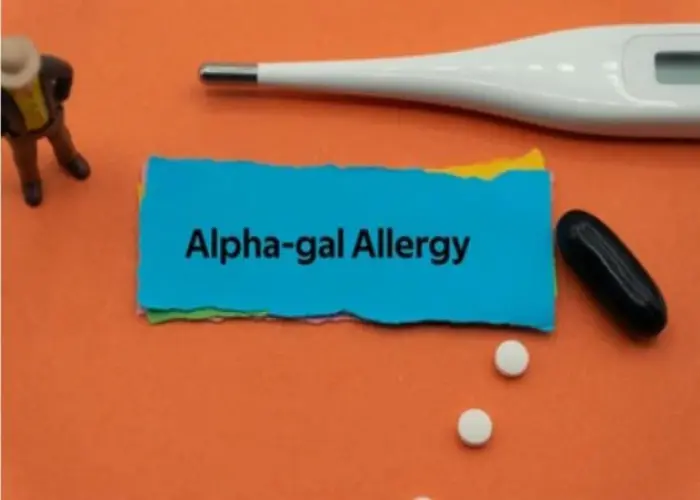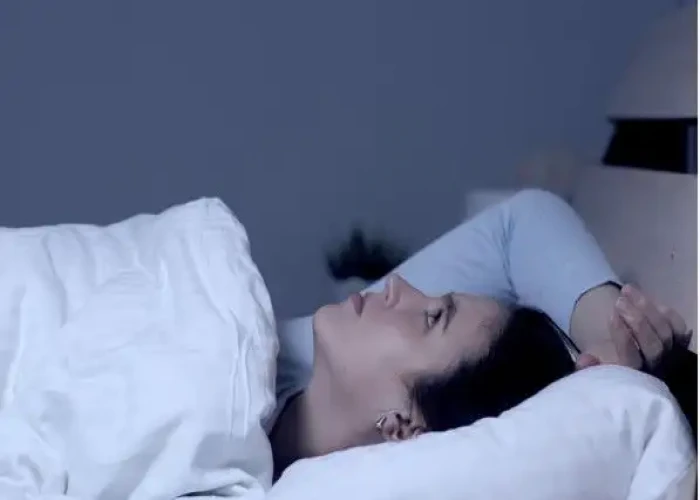 Welcome
Welcome
“May all be happy, may all be healed, may all be at peace and may no one ever suffer."
Sleep apnea

Sleep apnea is a common sleep disorder characterized by pauses in breathing or shallow breathing during sleep. The most common type of sleep apnea is obstructive sleep apnea, which occurs when the muscles in the back of the throat fail to keep the airway open, leading to breathing interruptions during sleep. Central sleep apnea is less common and occurs when the brain fails to signal the muscles to breathe properly during sleep. Symptoms of sleep apnea include loud snoring, choking or gasping during sleep, excessive daytime sleepiness, and morning headaches. Sleep apnea can increase the risk of several health problems, including high blood pressure, heart disease, and stroke. Treatment options for sleep apnea include lifestyle changes, such as weight loss and avoiding alcohol and sedatives before bedtime, as well as the use of continuous positive airway pressure (CPAP) machines or surgery in some cases.
Research Papers
Disease Signs and Symptoms
- Dry mouth
- Headaches
- Trouble sleep (insomnia)
- Excessive daytime sleepiness
- Irritability
- Stopped breathing during sleep
- Sleep-related breathing disorders, such as sleep apnea
- Lack of sleep (Sleep apnea)
Disease Causes
Sleep apnea
Obstructive sleep apnea
This occurs when the muscles in the back of your throat relax. These muscles support the soft palate, the triangular piece of tissue hanging from the soft palate (uvula), the tonsils, the side walls of the throat and the tongue.
When the muscles relax, your airway narrows or closes as you breathe in. You can't get enough air, which can lower the oxygen level in your blood. Your brain senses your inability to breathe and briefly rouses you from sleep so that you can reopen your airway. This awakening is usually so brief that you don't remember it.
You might snort, choke or gasp. This pattern can repeat itself five to 30 times or more each hour, all night, impairing your ability to reach the deep, restful phases of sleep.
Central sleep apnea
This less common form of sleep apnea occurs when your brain fails to transmit signals to your breathing muscles. This means that you make no effort to breathe for a short period. You might awaken with shortness of breath or have a difficult time getting to sleep or staying asleep.
Disease Prevents
Disease Treatments
- Continuous positive airway pressure (CPAP). If you have moderate to severe sleep apnea, you might benefit from using a machine that delivers air pressure through a mask while you sleep. With CPAP (SEE-pap), the air pressure is somewhat greater than that of the surrounding air and is just enough to keep your upper airway passages open, preventing apnea and snoring.
- Although CPAP is the most common and reliable method of treating sleep apnea, some people find it cumbersome or uncomfortable. Some people give up on the CPAP machine, but with practice, most people learn to adjust the tension of the straps on the mask to obtain a comfortable and secure fit.
- You might need to try more than one type of mask to find one that's comfortable. Don't stop using the CPAP machine if you have problems. Check with your doctor to see what changes can be made to increase your comfort.
- Additionally, contact your doctor if you're still snoring or begin snoring again despite treatment. If your weight changes, the pressure settings of the CPAP machine might need to be adjusted.
- Other airway pressure devices. If using a CPAP machine continues to be a problem for you, you might be able to use a different type of airway pressure device that automatically adjusts the pressure while you're sleeping (auto-CPAP). Units that supply bilevel positive airway pressure (BPAP) also are available. These provide more pressure when you inhale and less when you exhale.
- Oral appliances. Another option is wearing an oral appliance designed to keep your throat open. CPAP is more reliably effective than oral appliances, but oral appliances might be easier to use. Some are designed to open your throat by bringing your jaw forward, which can sometimes relieve snoring and mild obstructive sleep apnea.
- A number of devices are available from your dentist. You might need to try different devices before finding one that works for you.
- Once you find the right fit, you'll need to follow up with your dentist repeatedly during the first year and then regularly after that to ensure that the fit is still good and to reassess your signs and symptoms.
- Treatment for associated medical problems. Possible causes of central sleep apnea include heart or neuromuscular disorders, and treating those conditions might help.
- Supplemental oxygen. Using supplemental oxygen while you sleep might help if you have central sleep apnea. Various forms of oxygen are available with devices to deliver oxygen to your lungs.
- Adaptive servo-ventilation (ASV). This more recently approved airflow device learns your normal breathing pattern and stores the information in a built-in computer. After you fall asleep, the machine uses pressure to normalize your breathing pattern and prevent pauses in your breathing.
- ASV appears to be more successful than other forms of positive airway pressure at treating complex sleep apnea in some people. However, it might not be a good choice for people with predominant central sleep apnea and advanced heart failure.
You'll likely read, hear or see TV ads about different treatments for sleep apnea. Talk with your doctor about any treatment before you try it.
Surgery
Surgery is usually only an option after other treatments have failed. Generally, at least a three-month trial of other treatment options is suggested before considering surgery. However, for a small number of people with certain jaw structure problems, it's a good first option.
Surgical options might include:
- Tissue removal. During this procedure (uvulopalatopharyngoplasty), your doctor removes tissue from the rear of your mouth and top of your throat. Your tonsils and adenoids usually are removed as well.
- This type of surgery might be successful in stopping throat structures from vibrating and causing snoring. It's less effective than CPAP and isn't considered a reliable treatment for obstructive sleep apnea.
- Removing tissues in the back of your throat with radiofrequency energy (radiofrequency ablation) might be an option if you can't tolerate CPAP or oral appliances.
- Tissue shrinkage. Another option is to shrink the tissue at the rear of your mouth and the back of your throat using radiofrequency ablation. This procedure might be used for mild to moderate sleep apnea. One study found this to have effects similar to that of tissue removal, but with fewer surgical risks.
- Jaw repositioning. In this procedure, your jaw is moved forward from the remainder of your face bones. This enlarges the space behind the tongue and soft palate, making obstruction less likely. This procedure is known as maxillomandibular advancement.
- Implants. Soft rods, usually made of polyester or plastic, are surgically implanted into the soft palate after you've received local anesthetic. More research is needed to determine how well implants work.
- Nerve stimulation. This requires surgery to insert a stimulator for the nerve that controls tongue movement (hypoglossal nerve). The increased stimulation helps keep the tongue in a position that keeps the airway open. More research is needed.
- Creating a new air passageway (tracheostomy). You may need this form of surgery if other treatments have failed and you have severe, life-threatening sleep apnea. In this procedure, your surgeon makes an opening in your neck and inserts a metal or plastic tube through which you breathe.
- You keep the opening covered during the day. But at night you uncover it to allow air to pass in and out of your lungs, bypassing the blocked air passage in your throat.
Other types of surgery may help reduce snoring and contribute to the treatment of sleep apnea by clearing or enlarging air passages:
- Surgery to remove enlarged tonsils or adenoids
- Weight-loss (bariatric) surgery
Disease Diagnoses
Disease Allopathic Generics
Disease Ayurvedic Generics
Disease Homeopathic Generics
-
Aconite
6, 30 strength.
-
Belladonna
30 strength.
-
Chamomilla
30, 200 strength.
-
Hyoscyamus
30, 200 strength.
-
Cypripedium
30, 200 strength.
-
Borax
30, 200 strength.
-
Passiflora
Q strength.
-
Pulsatilla
6, 30 strength.
-
Nux vomica
30, 200 strength.
Disease yoga
Sleep apnea and Learn More about Diseases

Spider bites

Mesenteric ischemia

Persistent depressive disorder (dysthymia)

Jock itch

Blood in urine (Hematuria)

Alpha-gal syndrome

Heart arrhythmia

Ringworm (body)
sleep apnea, নিদ্রাহীনতা
To be happy, beautiful, healthy, wealthy, hale and long-lived stay with DM3S.
